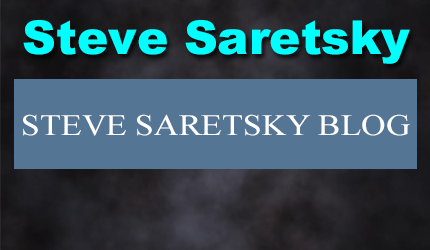Leading up to the Federal budget announcement, the rumour mill was churning, with mainstream media outlets salivating over a possible tax on primary residences, including speculation taxes or even increased taxes on capital gains when selling investment properties. Instead, the federal government delivered none of that, ultimately opting not to tinker with the golden goose. But can you blame them?
According to Ben Rabidoux with North Cove Advisors, residential investment has accounted for 46% of nominal GDP growth since Q1 2018. Yes housing is the economy.
So, naturally, the Liberal Government opted to introduce policy that would provide the illusion they are doing something, while simultaneously ensuring the policy wouldn’t interfere with the red hot housing market. In other words, political lip service.
Starting January 01, 2022, there will now be an annual 1% tax on foreign-owned vacant homes.
“Houses should not be passive investment vehicles for offshore money. They should be homes for Canadian families,” said Finance Minister Chrystia Freeland in her budget address.
However, according to official Government data, foreign ownership is just a small sliver of the market. Remember, back in 2019 CMHC studied non-resident ownership, concluding:
- Properties that have at least one non-resident owner amount to 6.2% in British Columbia (Vancouver 7.6%), 3.3% in Ontario (Toronto 3.8%) and 6.2% in Nova Scotia (Halifax 4.3%).
The anecdotes certainly suggest foreign ownership is much higher, however capturing its true impact on the market remains illusive, and continues to be the subject of controversy.
In other words, this new tax, which remains light on details, is likely to be riddled with loopholes and will fail to generate meaningful revenues, nor deliver housing affordability. All we have to do is look at Vancouver & Toronto as examples, both cities have foreign buyer taxes and both are still enduring rising home prices and record unaffordability.
Even if we assume policy makers are successful at policing the tax, will a 1% annual tax be enough to deter non-productive foreign investment? Over the past decade, national home prices, as measured by the Canadian Real Estate Associations home price index, have returned 8.7% per annum. In other words, in an era of low interest rates, where traditional savings yield virtually zero, a 1% holding fee is simply the cost of doing business.
Like I said, business as usual in the Canadian housing market. If you can’t beat em, join em.
Three Things I’m Watching:
1. The Bank of Canada announced it will continue to taper its QE program, reducing weekly asset purchases from $4B to $3B. (Source: BoC, Steve Saretsky)

2. The Bank of Canada’s promise to keep interest rates on hold has moved up from 2023 to the second half of 2022, citing a stronger rebound in inflation expectations. (Source: Bloomberg)

3. Since the start of 2020, the Canadian Government has issued $354B of debt. The Bank of Canada has purchased $302B of that debt— or 84%. (Chart Source: Better Dwelling)













